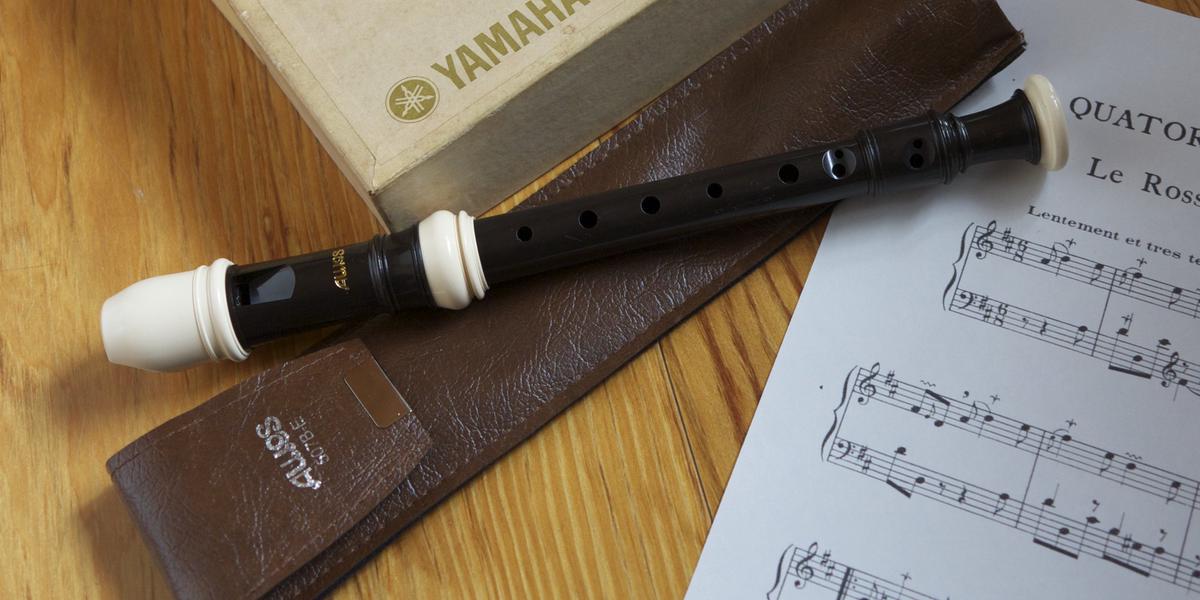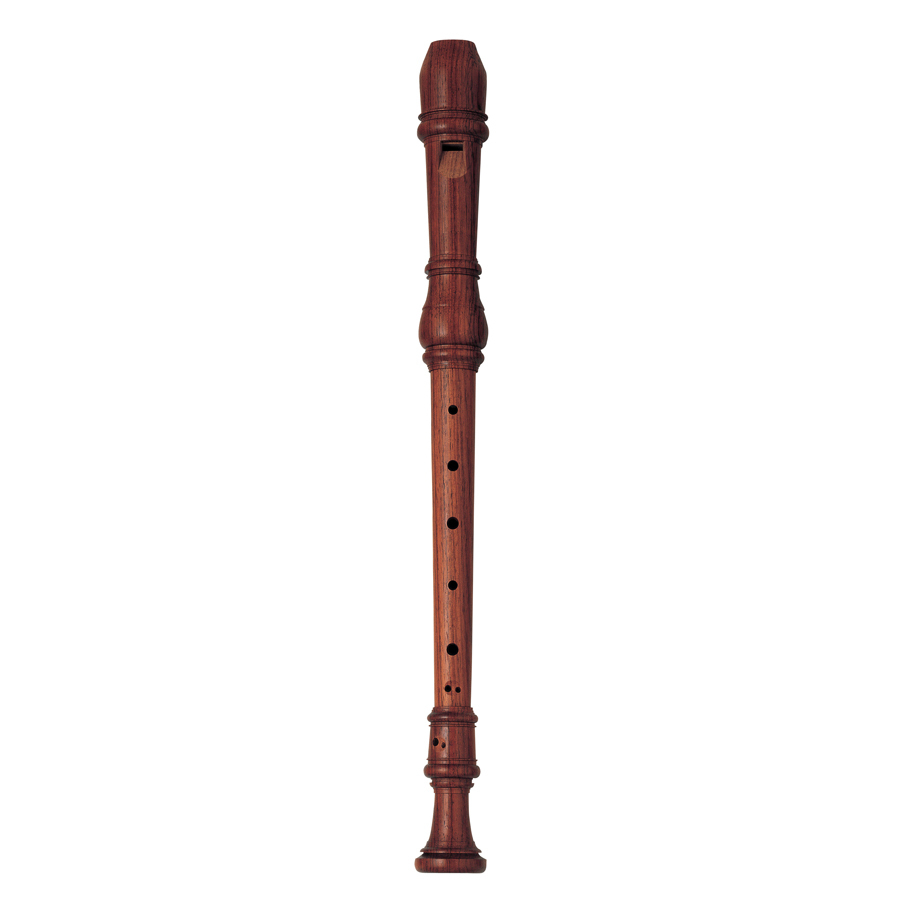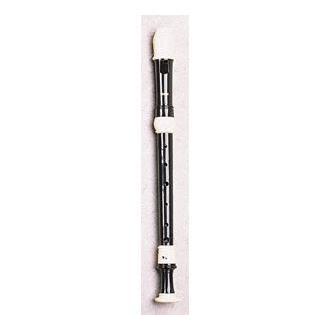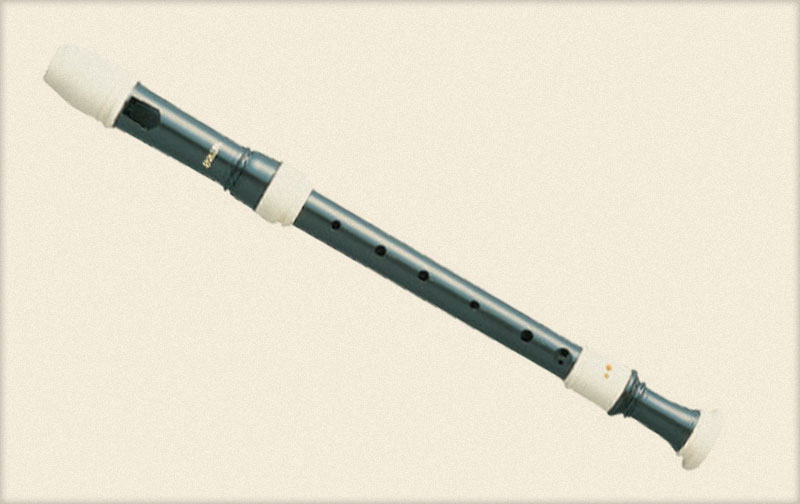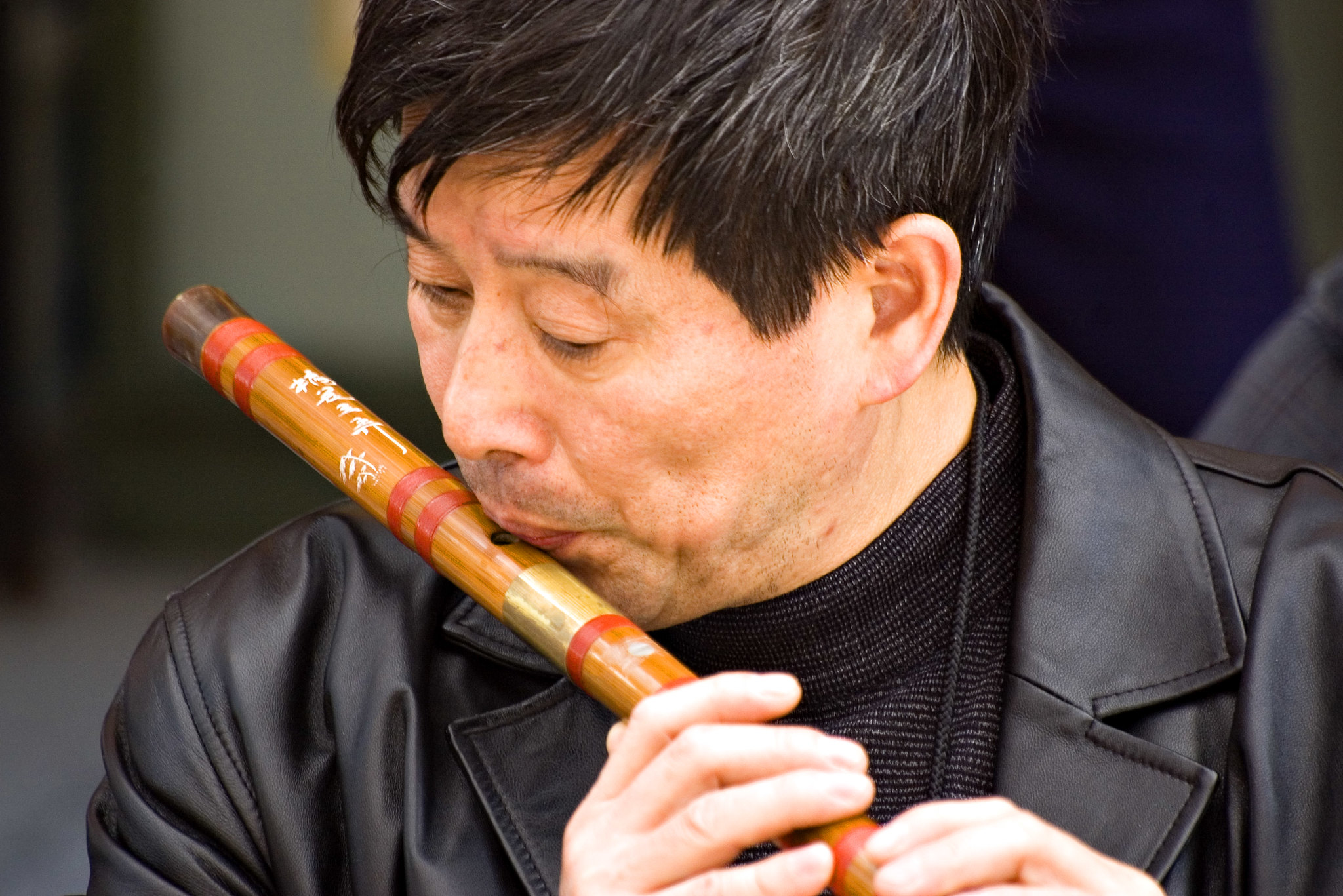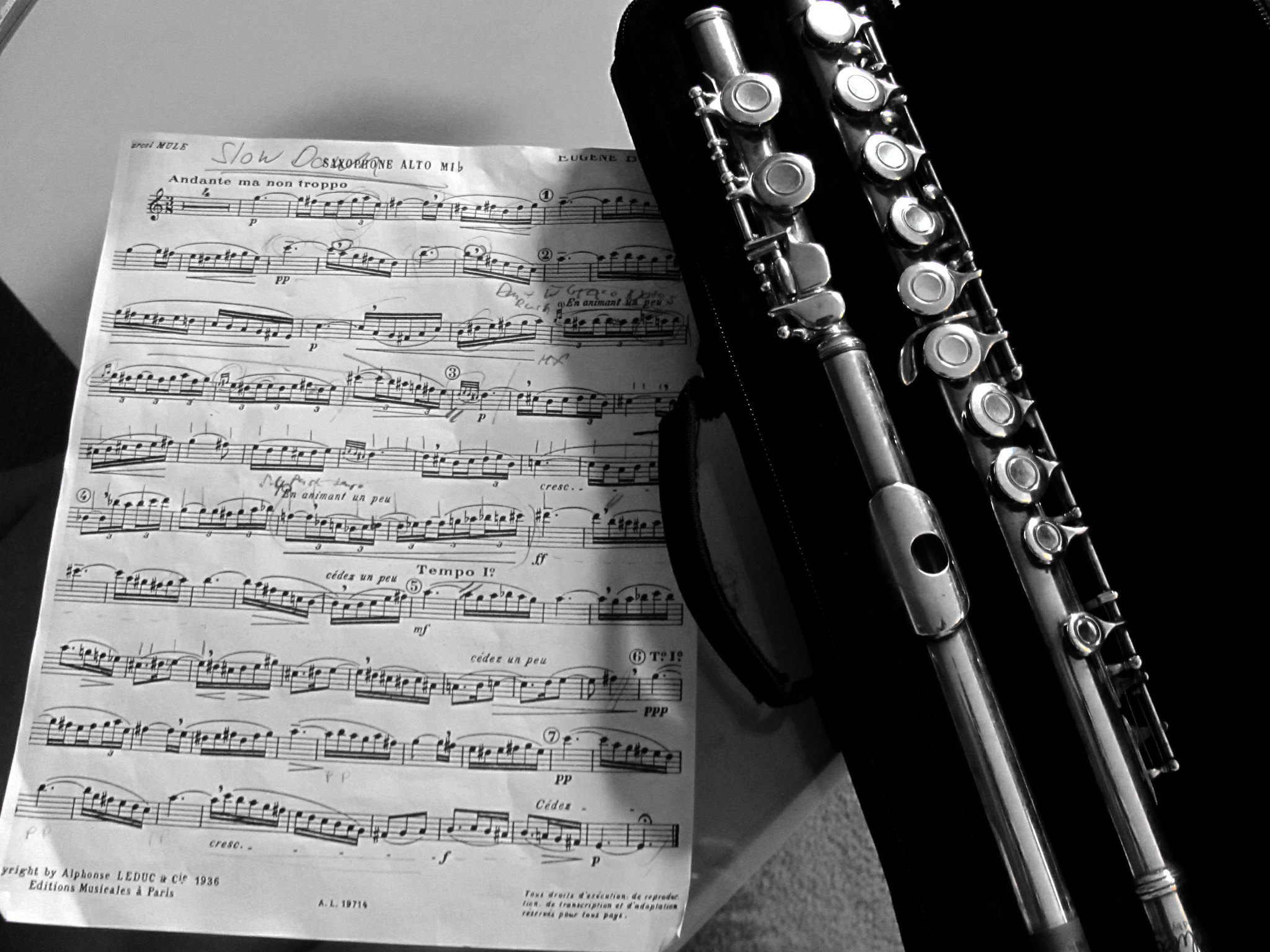Recorders are really amazing instruments! Not only are they ancient, but they are also relevant today, which is a feat in and of itself. Let's explore these unique woodwinds!
Throwback
Recorders have been around since the middle ages. During this time period, instrument makers began to create a family of recorders, from large to small. Back then, entire ensembles comprised of just recorders would play, and people would dance. Sounds like a fun party, right?
Now, let's talk about the main differences between two of the most popular members of the recorder family; the alto and the soprano.
Soprano vs. Alto
When it comes to range, the soprano and alto recorders are adjacent to each other.
The soprano recorder is often referred to as the descant recorder. The alto, on the other hand, is also called the treble. The soprano recorder is a non-transposing instrument, which means that when you play a note on the page, it sounds that exact note, just like it would on a piano.
The alto, however, is a little different. First of all, it’s bigger! But not big enough to make it an octave below, so it is indeed a transposing instrument! So, when you play what looks like a C on the page, it would sound a true F.
Aside from these few differences, the alto and soprano are quite similar. You use the same exact fingerings, and very similar tonguing techniques. Let’s touch base on how to play the alto recorder.
The Basics of Playing
The way you play an alto recorder is similar to how you’d play a soprano: use a light airstream, and gently blow into the recorder. Tongue with a soft ‘tu’ sound, while imagining your tongue is like a finger simply passing through a running faucet or waterfall.
Keep in mind that the alto recorder is a bit bigger than the soprano, so it will require slightly more air. It will also be slightly less prone to squeaks for this reason, but still be sure to go easy on the tonguing.
I recall when I first got my alto recorder. I had my wallet out at the music convention, and I just had to come home with something new and exciting. When I saw the rack of Angel Altos, I knew I had to try one out. In my experience, the alto recorder holes take a bit of getting used to after playing the soprano for so long. The fingers need to be relaxed and spread out, and one must be careful to make sure the entire hole is covered. But, after you spend some time with the instrument, it should seem just as natural as your soprano.
If you want to learn more about the alto recorder and how to play it, let’s take a listen to Zach in his video How to Play the Alto Recorder! Here he compares the two recorders, alto and soprano, as well.
Transposition
As we mentioned earlier, the alto recorder is a transposing instrument. What is fingered as a C will sound an F on a piano. In essence, everything is a perfect fifth lower than written. Take a listen to Sara; she’ll introduce you to transposition on the alto.
We transpose on the recorder so that we don’t have to read ledger lines on top of ledger lines. To find any recorder's key, just cover all of the holes! The alto sounds an F when you cover everything, so it is pitched in F. If we did this on the soprano, it would sound a low C. If you’re reading a score for a recorder ensemble, make sure to remember that the alto is sounding a fifth lower. Keeping this in mind will help you to transpose up five steps, to get to the actual pitch.
Home on the Range
How wide is the alto recorders range?
The alto recorder has a range of almost three octaves. On the staff, it would be G3-F5. The alto recorder sounds lower than the soprano, but higher than the tenor. Its mellow sound is pleasant as a solo instrument, or in ensembles.
Brands and Options
The alto recorder is the most popular recorder for solo performance, so it’s a great instrument to purchase for taking the stage! With so many brands and materials, it can be difficult to make a decision.
Alto recorders are made of different woods and resins. Professionals often play on wooden alto recorders. Rosewood recorders like this one, are a great choice.
If you are on a smaller budget, or are looking to play just as a hobby, Yamaha makes a professional plastic alto, for under $40.
Aulos is a big name here in the world of recorders. Renowned for their intonation, Aulos recorders are both reliable and economical. Even the low F (a note known to be extremely tricky on the instrument) resonates with ease. With such beautiful projection and tone, it’s clear that this one is a $35 steal.
Sheet Music
There’s a mountain of alto recorder music out there, so let’s climb! If you’re just getting started, the Sweet Pipes Recorder series is an excellent introduction to the instrument. These books introduce you to basic fingerings, as well as techniques such as slurring. In the back of the book, there are even some intermediate duets!
And if you’re looking to level up your playing, their Seeds of Discovery book poses more challenging arrangements.
Vivaldi’s so-called Piccolo Concerto in C was originally played on the recorder. It features both slow and fast-paced movements alike. This piece is ideal for the budding professional.
Take a listen to a brilliant performance of the piece here:
In Conclusion
The alto recorder is an instrument for everyone: from those just looking to noodle around and have a little fun, to professionals looking to be backed by a symphony. If you don’t have one yet, give a resin alto a try! This mellow-sounding instrument is reminiscent of parties of old, and can provide you with hours of entertainment, even during quarantine.
